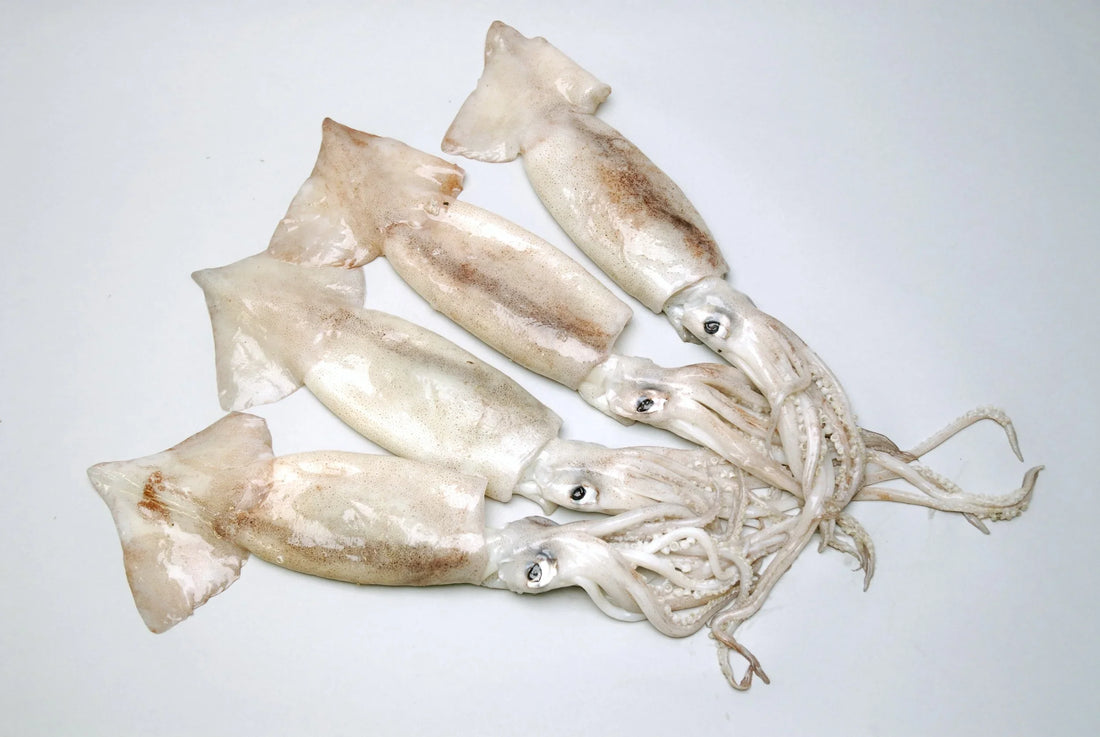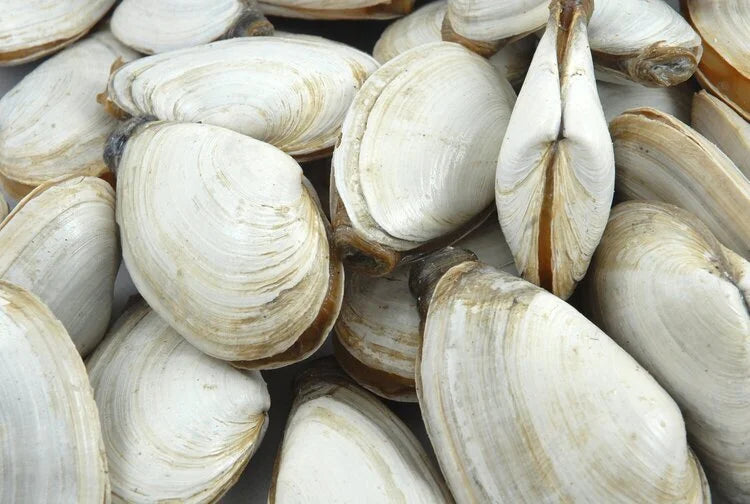Guide: Fresh Squid
Have you ever spotted "fresh" squid at your local market and wondered how to best prepare this culinary delicacy at home? Squid is a versatile and rewarding ingredient, but handling it correctly is key to a delicious result. While it's a staple in cuisines around the world, truly fresh squid is a seasonal and special item, domestically harvested from the Atlantic and Pacific oceans. Due to its extremely short shelf life, it's typically flash-frozen immediately upon being caught to lock in peak freshness. This guide will walk you through everything you need to know about purchasing, storing, and cleaning fresh squid, ensuring you get the most out of this exceptional ingredient.

Storing, Handling, and Cleaning Fresh Squid
A Seasonal and Special Delicacy
Fresh squid is a highly sought-after, seasonal item. While it is available year-round in frozen forms, fresh, domestically harvested squid is typically found in the Atlantic and Pacific oceans. Due to its extremely short shelf life, squid is often flash-frozen immediately upon being caught to preserve its quality and freshness. When you have the opportunity to purchase fresh squid, it is a special treat that should be handled with care and eaten as soon as possible.
Storing Your Fresh Squid
We recommend eating fresh squid immediately upon receiving it. Its quality is at its peak right after being caught and purchased. If you must store it, you can keep fresh squid in a refrigerated environment for up to three days.
A note on freshness: When the skin of the squid begins to turn a pink or reddish color, it is a clear sign that it is no longer fresh and is not suitable for consumption.
Freezing: If you wish to store your squid for a longer period, you can freeze it after it has been properly cleaned. Freezing squid is easy, and it holds up very well during the freezing and thawing process.
How to Clean Squid
Properly cleaning fresh squid is essential for preparing it for cooking. Follow these steps for a clean and delicious result:
-
Separate the head and body: Grasp the body and the head of the squid firmly. Gently pull the head and tentacles away from the body. The internal organs and the ink sac should come out with the head.
-
Separate the head and tentacles: Slice the head just below the eyes to separate the head from the tentacles. The tentacles are edible; discard the head and the internal organs.
-
Remove the beak: If you plan to cook the tentacles, you must remove the beak. The beak is a small, hard, cartilaginous piece located at the base of the tentacles where they connect to the head. You can easily squeeze it out with your fingers.
-
Remove the quill: Inside the squid's body cavity, there is a long, thin, clear piece of cartilage, often called the "quill." Reach inside with your fingers and pull it out with ease.
-
Optional: Peel the skin: The thin, spotty skin on the outside of the squid's body is edible, but many chefs remove it for a cleaner and more appealing presentation. To do so, grasp a piece of the skin and peel it back toward the tip of the squid. Discard the skin.
-
Final rinse and pat dry: Thoroughly wash both the body and the tentacles one more time under cold water. After rinsing, pat the squid dry with a paper towel. This is an important step, as a dry surface will help ensure a better sear when cooking.
Once cleaned, you can slice the body into rings for classic fried calamari or use the whole body for stuffing. Remember, squid cooks very quickly, so be careful not to overcook it!







